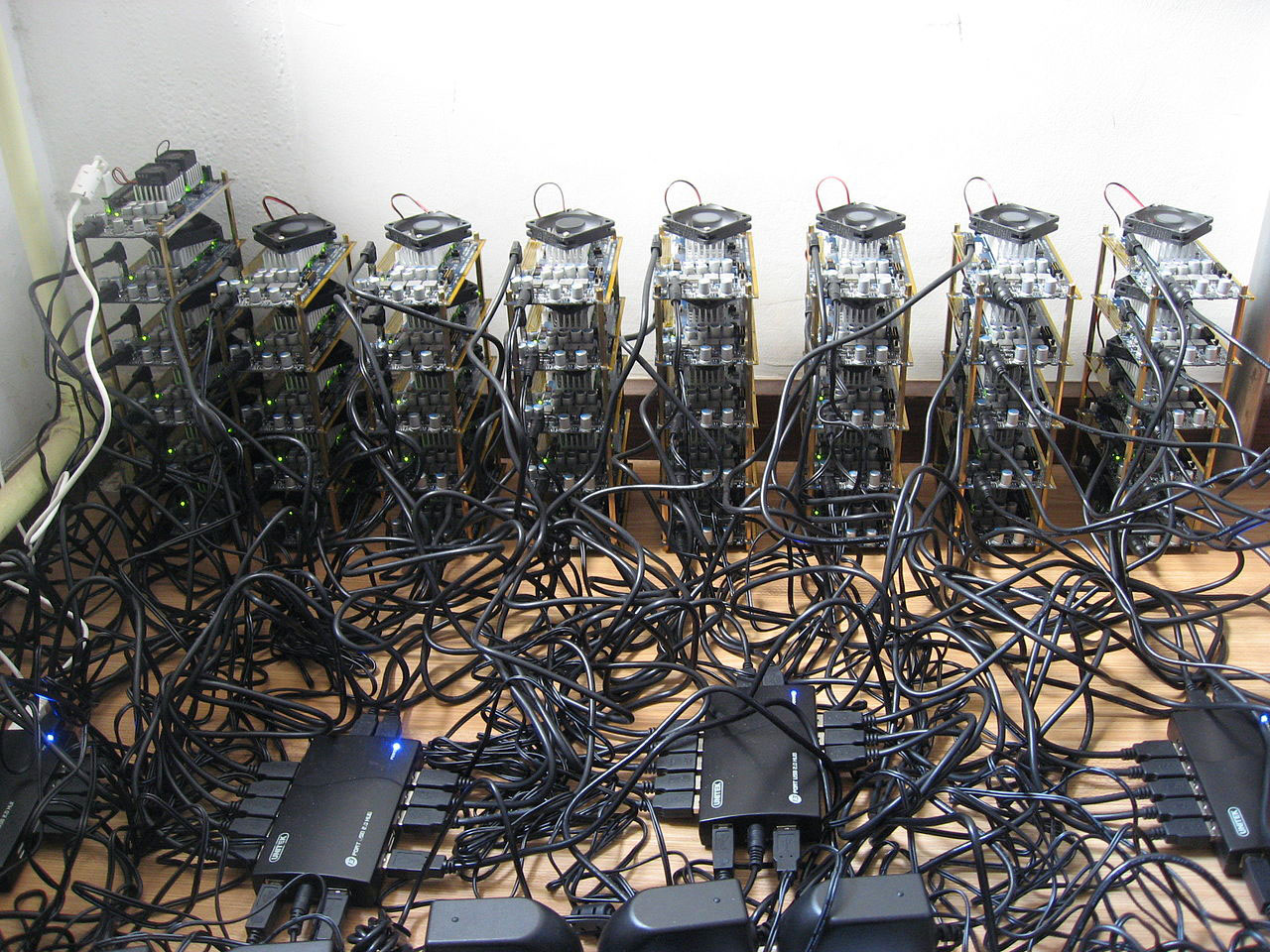
We are surrounded by crazy people and fanatics. Fanaticism, of course, is found in many varieties. Some varieties are much more dangerous than others. Here’s my list of the top three categories of crazy people and fanatics, ordered by the danger they pose to the rest of us:
1. Right-wing fanatics. Subsets include Republicans, Trumpists, white supremicists, neo-Nazis, militias, radical libertarians, and right-wing and libertarian billionaire activists.
2. Religionists. Subsets include so-called evangelicals, all proselytizing religions including jihadists, those caught up in moral panics such as book-banning and policing bathrooms against transsexuals, and all those who are trying to use the law to impose their religion and wrongthink on others.
3. Techno-utopians. Subsets include bitcoiners and all those who believe that technology can solve all problems. Billionaires with rockets are in this category.
There is a great deal of crossover, of course, because fanatic personalities are drawn to multiple types of fanatacism. There are many religionists who also are right-wing fanatics, and many techno-utopians who also are libertarian fanatics. The nature of fanaticism is such that all fanatics proselytize, and all fanatics are eager consumers of proselytization. I also can’t help but notice that the conflict caused by the three types of fanatics listed above drives about 75 percent of each day’s news. Fanatics are always in our faces. All of them are threatened by reason; all of them are empty of compassion.
I have paid very little attention to the bitcoin hype. But yesterday Vox carried a piece that I deemed worth trying to plough through. It’s “Web3 is the future, or a scam, or both: So what exactly is Web3, and why is everyone in Silicon Valley obsessed with it?”
Do I understand bitcoin or “Web3” after reading the Vox piece? No, I don’t, not really. Web3 appears to be nothing but hype closely connected with bitcoin, and if anything ever comes of it, no doubt we’ll find out about it. But there is a very concrete element to bitcoin, though, in the form of entire warehouses full of computers sucking electricity and “mining” for bitcoin. The word “mining” is deliberately misleading and is part of the hype. The nature of bitcoin is such that every single transaction with bitcoin must be encrypted and stored by every bitcoin server in the world. That’s supposed to be a feature, not a bug, because the control of the currency is shared by many people rather than by any government or central bank. Government, to libertarians and most techno-utopians, is a dirty word. Instead of governments, bitcoin invites us to invest our trust in the corporatized fanatical nerds who can raise the money to build huge data centers full of bitcoin computers. To me, a currency that requires computers that suck up unbelievable amounts of energy is ridiculous. An article at CNet attempts to quantify the energy cost: “Here’s how much electricity it takes to mine Bitcoin.”
The CNet piece says:
“The Digiconomist’s Bitcoin Energy Consumption Index estimated that one Bitcoin transaction takes 1,544 kWh to complete, or the equivalent of approximately 53 days of power for the average US household.
“To put that into money terms, the average cost per kWh in the US is 13 cents. That means a Bitcoin transaction would generate more than $200 in energy bills.
“Bitcoin mining used more energy than Argentina, according to an analysis from Cambridge University in February [2021]. At 121.36 terawatt-hours, crypto mining would be in the top 30 of countries based on energy consumption.”
We’re talking about 53 days of power for a single transaction. And that’s only one reason why you will never use bitcoin to pay for a cup of coffee at Starbucks. Even the fastest “mining” computers need about ten minutes for the computations that “validate” a transaction. This is explained in the Wikipedia article. Would Starbucks customers wait ten minutes for their receipt after whipping their bitcoin Gold Card out of their “wallet”? Does it make sense to burn $200 worth of electricity in Texas and Kazakhstan to log a $5 transaction for coffee in Palo Alto?
And you knew there was a pyramid element to bitcoin, didn’t you? I won’t try to explain it, but the nature of the algorithms is such that “mining” bitcoins requires an increasing amount of computing power as the number of transactions grows. That is, those who mined bitcoin early did so cheaply, but it’s much more expensive now, and it will be even more expensive next year. How the ten-minute waits and $200 transaction costs are supposed to work with Web3 are not explained. One thing is clear to me, though. There are plenty of people out there who are eager to start selling us virtual stuff that doesn’t exist. That’s why we are hearing so much hype about the metaverse, or Facebook’s “Meta.” People like Mark Zuckerberg plan to make a killing selling us non-existent stuff in a non-existent place. Non-existent stuff may not clutter our landfills like stuff from China, but it does burn electricity and transfer money from prey to predators.
The moral question of tolerance is complicated and subtle, and I won’t digress into that here except to say that tolerant people are not required to tolerate any old thing that some human beings might want to do. I’m not very tolerant of people who abuse cats or beat their children or who lie to the public or rip people off. It’s not just that fanatics are different. It’s that, cognitively and/or morally, there is something wrong with every single one of them. For the most part, bitcoin fanaticism is something that we can ignore by not giving them any money, unlike white supremicism or moral panics, which we cannot ignore. How do we oppose them? Ridicule, and our contempt, are a start.

















